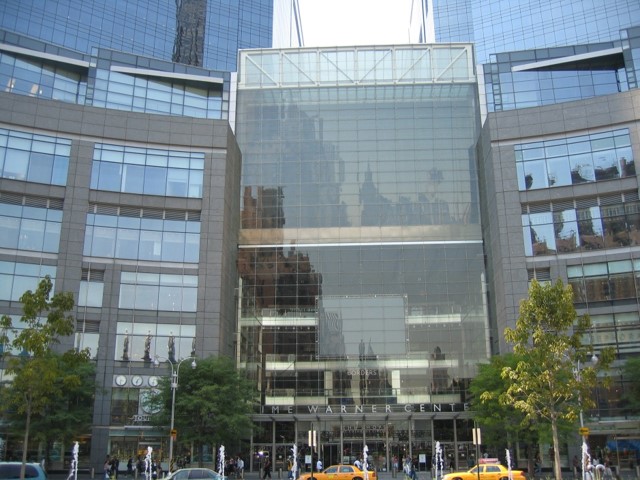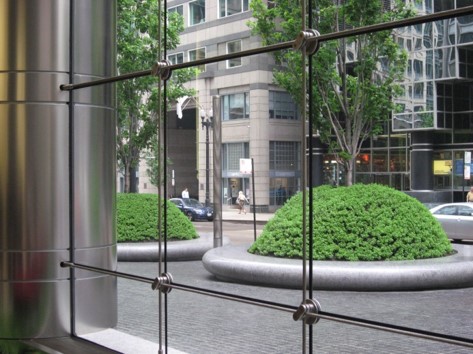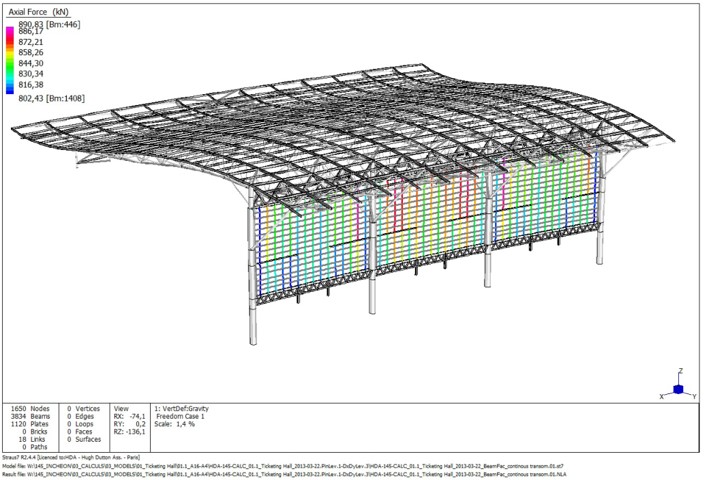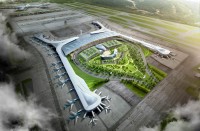Cable-Net Wall
ENGINEERING SPECIALTY


CABLE-NET SYSTEMS, WHILE CONCEPTUALLY SIMPLE, ARE STILL A SOMEWHAT EXOTIC SOLUTION FOR SUPPORTING GLASS WALLS, DUE TO THEIR MINIMAL STRUCTURE AND LARGE IN-SERVICE DEFLECTIONS..
How They Work
Planar two-way cable systems support and stabilize glass façades through the resistance to deformation of the two-way pre-tensioned net. Gravitational loads from the glass elements are carried through the attachment nodes to the vertical cables, and up to a transfer structure in the base building above. Lateral deformations due to wind and seismic loadings are resisted by the tendency of each horizontal and vertical cable to return to its straight line configuration between supports.
The flexible nature of a planar cable-net under lateral loading means that the critical design goal is limiting deflection through adjusting axial stiffness of the cables, and the cable pretension.
Cables and Cable Fittings
The cable-net is made up of cables held together at their intersections by cable clamps, which also serve as the point of attachment for the glazing, typically supported only at its corners.
Each cable is composed of individual cold-drawn wires twisted together in a variety of arrangements, the most basic of which is called wire strand. Strand consists of individual wires twisted about a central core wire. Plain, threaded, turnbuckle, or eye hook terminations are swaged or speltered onto the ends of cables and anchor them to the base building structure. Swaging is a process in which a fitting is mechanically pressed onto the cable end.


Glass Attachments
Drilled glass bolt fittings or patch plates are typically used to fasten the glass to the cable nodes. These attachments must be designed to accommodate the environmental loads, in addition to the resulting deflections.


Interaction with Base Structure
A significant portion of the design of a cable-net wall is related to the design of the areas around the perimeter of the cable-net wall. Due to the parabolic displaced shapes typical of cable-net walls under lateral loads, the relative rotations between adjacent glass panes are small, but the rotations between the perimeter panes and support conditions are large. Therefore, the majority of architectural detailing considerations relate to maintaining suitable movement capacity at the perimeter to avoid glass damage as the cable-net displaces.

